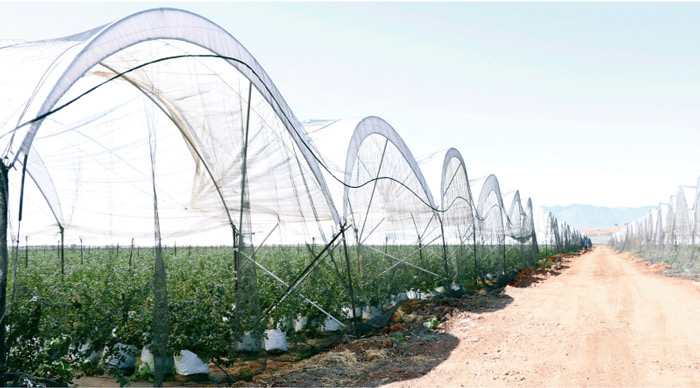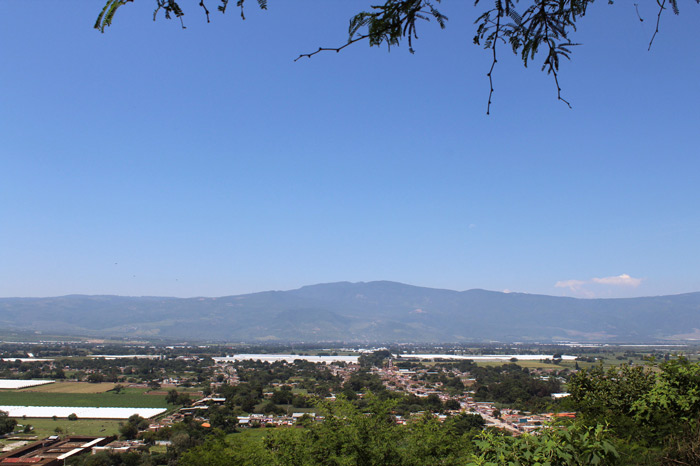The Berry Tunnels of Jalisco
Jan 12, 2018
 It's dark, chilly midwinter here in the Pacific Northwest, but the supermarket shelves are piled high with sweet summer raspberries and blueberries and blackberries. All those berries can't be coming from around here–blackberries are notorious weeds hereabouts and other berries grow readily, but the plants are dormant in the winter and yield fruit only in the summer.
It's dark, chilly midwinter here in the Pacific Northwest, but the supermarket shelves are piled high with sweet summer raspberries and blueberries and blackberries. All those berries can't be coming from around here–blackberries are notorious weeds hereabouts and other berries grow readily, but the plants are dormant in the winter and yield fruit only in the summer.
Parts of Chile are climatically similar, though of course with the seasons reversed, and so Chilean berry-growers started loading their fruit on big cargo planes and flying it all the way up here in the wintertime, to be sold at very high prices reflecting the cost of air transport.
Nowadays, however, Chilean berries are all used for juice; the air-shipping premium was just too costly to make them competitive in the fresh-berry market. The huge North American market for fresh berries–which is booming at the moment, thanks to crazes for antioxidants and smoothies–depends on locally grown fruit in the summertime and then, for literally every other month of the year, on berries grown in greenhouse-like plastic tunnels high in the mountains of the Mexican state of Jalisco.
If chilled immediately, fresh berries can have a shelf life of more than a month, which is plenty of time for refrigerated trucks to carry them from their greenhouse tunnels–tuneles–in central Mexico to virtually any grocery store in the U.S.
The high-altitude berry farms, a mile or more above sea level and cooled a bit by Pacific breezes, don't get as searingly hot in the summertime as the rest of Mexico. The semi-shade in the plastic tunnels further blunts the subtropical sun and also slows evaporation, saving water.
But even with all these adaptations, berry bushes and canes in Mexico don't behave the same way they do in, say, Oregon or New Jersey. In Jalisco, the plants rest in the summertime and produce fruit in cooler months–which is just when the North American market has particular call for them.
The tunnels do yield less fruit per acre, but Mexican growers are okay with that; their overall costs are still low. In fact, in the last ten years they have converted so much land to blueberries and raspberries and blackberries that Mexican fresh-berry-production has become a billion-dollar industry.
Mexicans, however, still don't really care for the taste.
